Conservation Finance for Farmers: Understanding Conservation Funding Opportunities
Kris Reynolds from American Farmland Trust shares information on various conservation funding opportunities available to farmers, including IRA funding, Partners for Conservation, and Partnerships for Climate Smart Commodities.
What are Climate Smart Agricultural Commodities, and How Do Soybeans Fit In?
In this webinar, Dr. Andrew Margenot will provide an introduction to climate-smart agriculture and agricultural commodities, how soybeans fit into this paradigm, and considerations for Illinois soybean producers in navigating climate-smart commodity markets.
Navigating the Carbon Marketplace: Q&A with Illinois Soybean Association
In this Q&A session, Deanna Burkhart interviews Megan Miller, ISA's Agronomy Program Manager, about Illinois' carbon marketplace. They discuss carbon credits, markets, payments, USDA funding, and how the Illinois Soybean Association can assist growers in navigating the complexities of carbon programs.
WEBINAR: The 4Rs of Phosphorus Management for Illinois Soybean Production
Join us for a captivating webinar featuring esteemed experts in the field of agricultural research, Dr. Andrew Margenot, Associate Professor at the University of Illinois Urbana-Champaign, and PhD student, Yuhei Nakayama. They will be discussing "The 4Rs of Phosphorus Management for Illinois Soybean Production."
Kickstart of Efforts to Investigate Soil Health, Water Quality, and Climate Footprints Across IL
Jasdeep Singh of the University of Illinois shares a presentation of how a research team is investigating soil health, water quality, and climate footprints across Illinois soybean production systems to provide accurate assessments of potential trade-offs.
Conservation and Carbon Funding for Farmers
This session will discuss the political, economic, and business factors driving the current conservation and carbon market movement.
Managing Phosphorus and Carbon in Illinois Soybean Production Systems
In Illinois and the greater North Central region, soybeans are uniquely situated to contribute to nutrient loss reduction and capitalize on proposed carbon crediting programs.
WEBINAR: Carbon Markets and the Soil and Water Outcomes Fund
1 CEU in Soil and Water Management
The State of Carbon: Which Way is Up?
This blog post previews the content of Jonah Kolb’s presentation during the Carbon Track at ISA’s 2022 Soybean Summit on [...]
For carbon and ESG markets, one thing is clear—it takes a village
Contributed by Bradford Warner Vice President of Sustainability & Business Development, Farmobile The increasingly frenetic and frequent conversations around carbon markets, water quality, regenerative [...]

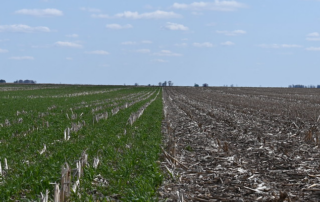
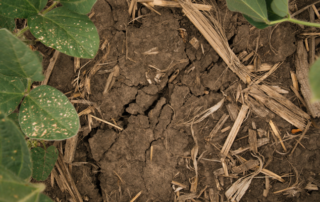
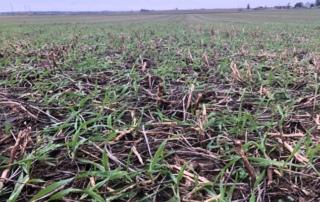
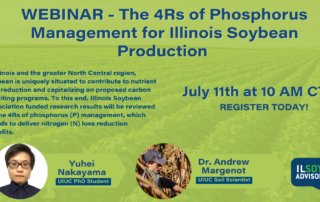
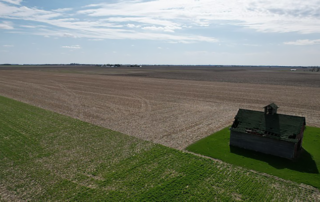
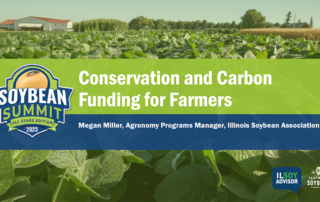
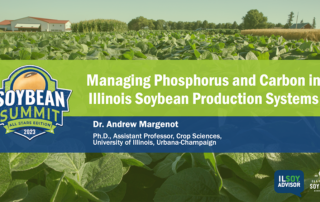
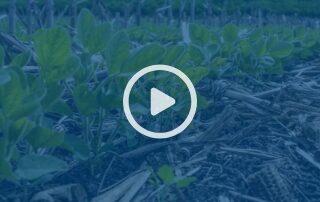
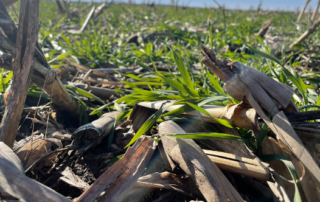

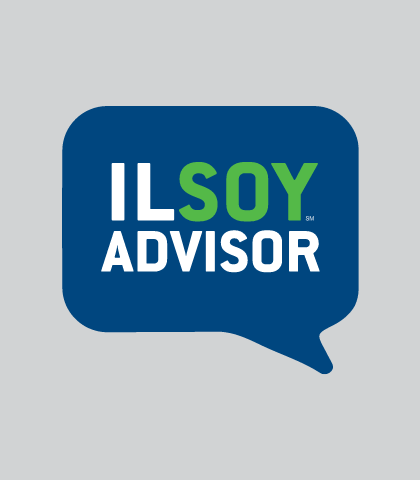
 and then
and then